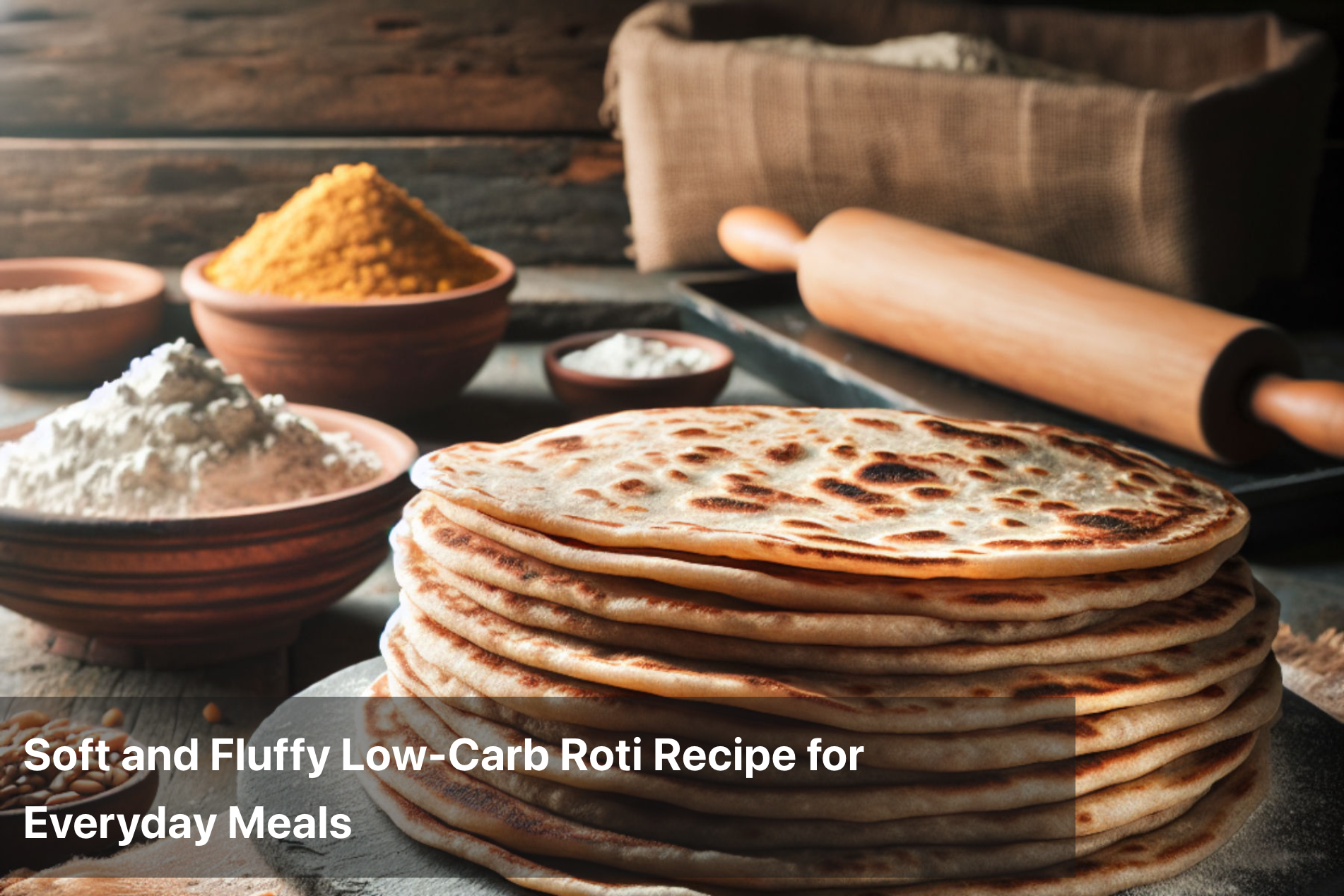
Soft and Fluffy Low-Carb Roti Recipe for Everyday Meals
Roti is a staple in many Indian households, but traditional versions made from wheat flour are relatively high in carbohydrates. For those following a low-carb or diabetic-friendly diet, this soft and fluffy low-carb roti is a great alternative. Made with fiber-rich and protein-packed flours, it offers the same satisfaction of traditional rotis with fewer carbs.

Ingredients (Makes 4 rotis)
-
1/2 cup almond flour
-
1/4 cup coconut flour
-
1 tablespoon psyllium husk (for binding and softness)
-
1/4 teaspoon salt
-
3/4 cup hot water (add gradually)
-
1 teaspoon oil or ghee (optional, for softness)
Instructions
1. Prepare the dough
-
In a mixing bowl, combine almond flour, coconut flour, psyllium husk, and salt
-
Mix well until all dry ingredients are evenly combined
-
Slowly add hot water, a few tablespoons at a time, stirring continuously to form a dough
-
Once the mixture comes together, knead gently with your hands for a few minutes
-
Let the dough rest for 10–15 minutes to allow the psyllium husk to absorb moisture
2. Roll the rotis
-
Divide the dough into 4 equal portions and shape them into balls
-
Place a dough ball between two sheets of parchment paper
-
Roll gently into a circle about 6 inches in diameter using a rolling pin
-
If the dough cracks at the edges, press gently to seal and reshape
3. Cook the rotis
-
Heat a non-stick or cast-iron pan on medium heat
-
Carefully peel off the parchment and place the roti on the hot pan
-
Cook for 1–2 minutes on the first side until bubbles form
-
Flip and cook the second side for another 1–2 minutes
-
Press lightly with a spatula to encourage puffing
-
Flip once more if needed, and brush with ghee or oil if desired
4. Serve warm
-
Serve the rotis hot with your choice of low-carb curry, sautéed vegetables, or a high-protein side dish
Tips
-
Psyllium husk helps bind the dough and makes the roti soft—don’t skip it
-
Use parchment paper to prevent sticking and ensure easy rolling
-
Keep the dough covered with a cloth while rolling to avoid drying out
-
If the dough feels too dry, add a teaspoon of warm water at a time
-
These rotis are best enjoyed fresh, but leftovers can be stored in the fridge and reheated in a pan

Frequently Asked Questions
1. Can I replace coconut flour with more almond flour?
Coconut flour absorbs more moisture than almond flour, so a direct substitution may alter the texture. It’s best to use both for balance.
2. Why is psyllium husk necessary?
Psyllium husk provides structure and elasticity, mimicking the stretch of gluten in wheat-based doughs.
3. Can I use a regular rolling board and pin?
Yes, but rolling between parchment papers prevents sticking and helps in maintaining shape, especially with delicate low-carb dough.
4. Are these rotis freezer-friendly?
Yes, once cooked, let them cool and store them between parchment sheets in an airtight container. Reheat in a dry pan before serving.
5. What dishes go well with these rotis?
These pair well with low-carb curries like paneer bhurji, spinach dal, or chicken saagwala for a balanced meal.
This Blog post is an initiative by Lo! Foods, to provide accurate and Nutritionist / Doctor approved information related to Health. Lo! Foods is India's leading brand for Everyday Functional Foods. Foods designed for specific Health conditions or Needs. Lo! Foods also runs India's largest range of Low Carb Healthy Cloud Kitchens, under the brand names of Lo!, ProteinChef, ATH (All Things Healthy) and DiabeSmart.



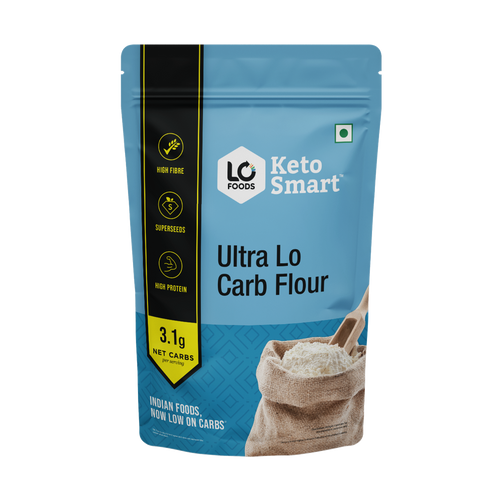
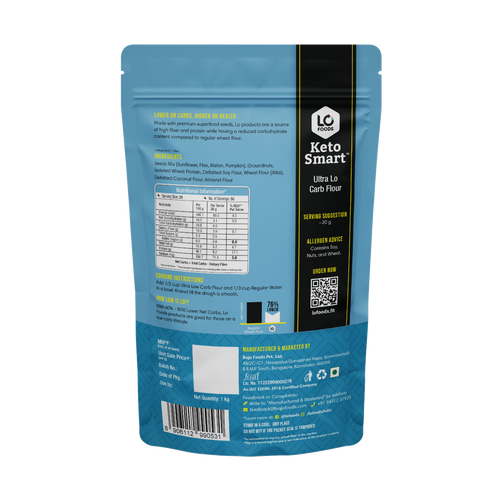
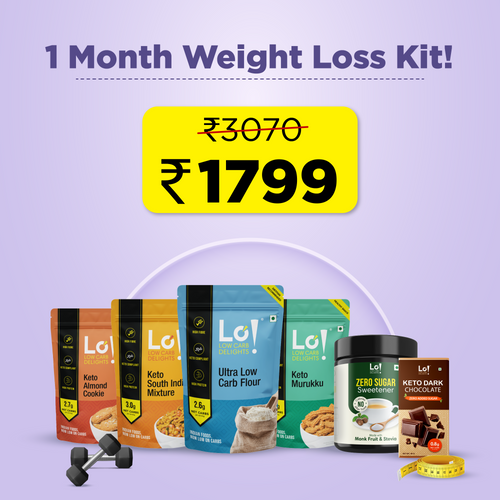
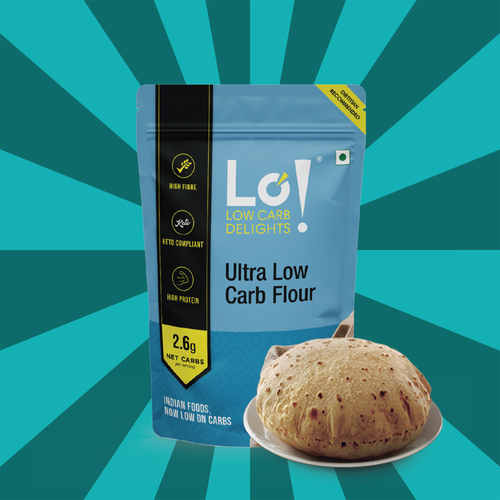






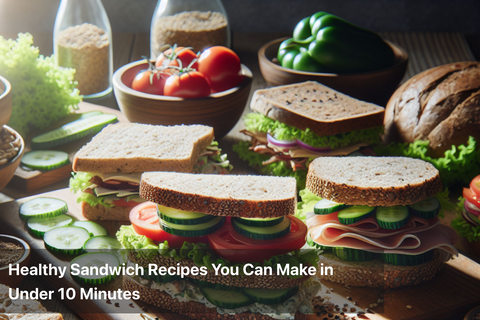

Leave a comment
Your email address will not be published.